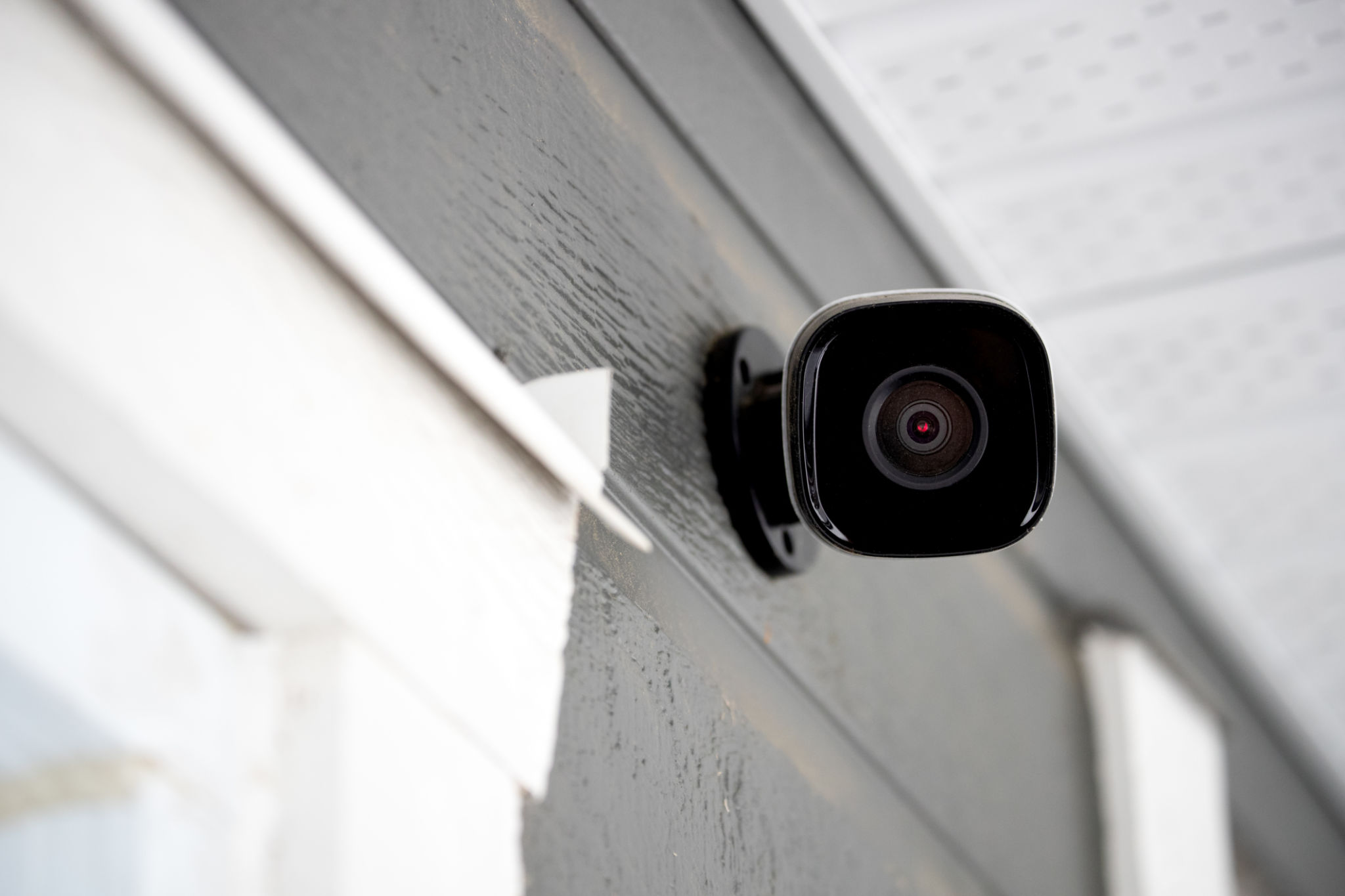How to Choose the Right Outdoor Surveillance Equipment in Texas
Understanding Your Surveillance Needs
When it comes to choosing the right outdoor surveillance equipment in Texas, it's essential to first assess your specific needs. Consider the size of the area you want to monitor, potential security threats, and environmental factors. Are you securing a residential property, a business, or a large industrial site? Understanding these needs will guide you in selecting the appropriate type of camera and features.
For residential properties, a few strategically placed cameras may suffice. In contrast, larger commercial areas might require a more comprehensive system with multiple cameras. It's crucial to identify whether you need 24/7 monitoring or if specific times are more critical, such as after hours for businesses.

Key Features to Look For
Once you've identified your surveillance needs, the next step is to consider the key features that would be most beneficial. Resolution is one of the most important aspects of any surveillance camera. High-resolution cameras provide clearer images, making it easier to identify faces and details.
Weather resistance is another critical feature, especially in Texas, where the climate can be unpredictable. Look for cameras with an IP rating that ensures they can withstand harsh weather conditions. Additionally, consider night vision capabilities, as many incidents occur after dark. Infrared cameras or those with low-light capabilities can offer better visibility during nighttime.

Types of Surveillance Cameras
There are various types of surveillance cameras available, and each has its specific benefits. Dome cameras are discreet and offer a wide field of view, making them ideal for general surveillance. Bullet cameras, on the other hand, are more noticeable and can act as a deterrent to potential intruders.
If you're looking to cover large outdoor spaces, consider using PTZ (Pan-Tilt-Zoom) cameras. These allow you to control the camera remotely, adjusting the view to focus on specific areas as needed. Wireless cameras are also an option for those who prefer easier installation without extensive wiring.
Installation Tips
Proper installation is crucial for maximizing the effectiveness of your surveillance system. Start by planning the layout and ensuring that all critical areas are covered. Cameras should be mounted high enough to prevent tampering but low enough to capture clear images.
Ensure that your cameras have a clear line of sight and are not obstructed by trees, buildings, or other structures. For DIY installations, wireless cameras might be more convenient. However, if you're unsure about placement or technical details, it's best to consult with a professional.

Integrating with Smart Technology
Modern surveillance systems often come with smart features that enhance security and convenience. Consider integrating your outdoor surveillance equipment with smart home technology. This allows you to monitor your property remotely via smartphone apps or receive alerts when suspicious activity is detected.
Many systems now offer cloud storage options for recorded footage, providing easy access and additional security in case the physical system is compromised. Smart technology integration can also include voice control and automation features, further streamlining your security system.
Budget Considerations
Your budget will play a significant role in determining the type and number of cameras you can install. While it's tempting to opt for cheaper options, investing in high-quality equipment will provide better performance and longevity.
Evaluate the total cost of ownership, including installation fees, maintenance, and potential upgrades. It's often more cost-effective in the long run to choose reliable brands known for quality and customer support. Remember that security is an investment in your peace of mind.

Legal and Privacy Concerns
Before installing surveillance equipment, it's important to consider legal and privacy issues. In Texas, as in many other states, there are laws governing where you can place cameras and how you can use footage. Generally, it's legal to record video in public areas but not in places where people have a reasonable expectation of privacy.
Ensure that your surveillance practices comply with local regulations and respect the privacy of neighbors and passersby. Clearly communicate any monitoring activities if your cameras cover shared or public spaces to avoid potential legal issues.
Conclusion
Choosing the right outdoor surveillance equipment in Texas involves careful consideration of your specific needs, environmental factors, and available features. By understanding the different types of cameras and their capabilities, you can create a secure environment that protects your property effectively.
Remember to plan your layout strategically, invest wisely in quality equipment, and stay informed about legal requirements. With the right approach, you can ensure comprehensive coverage and peace of mind for your outdoor spaces.
